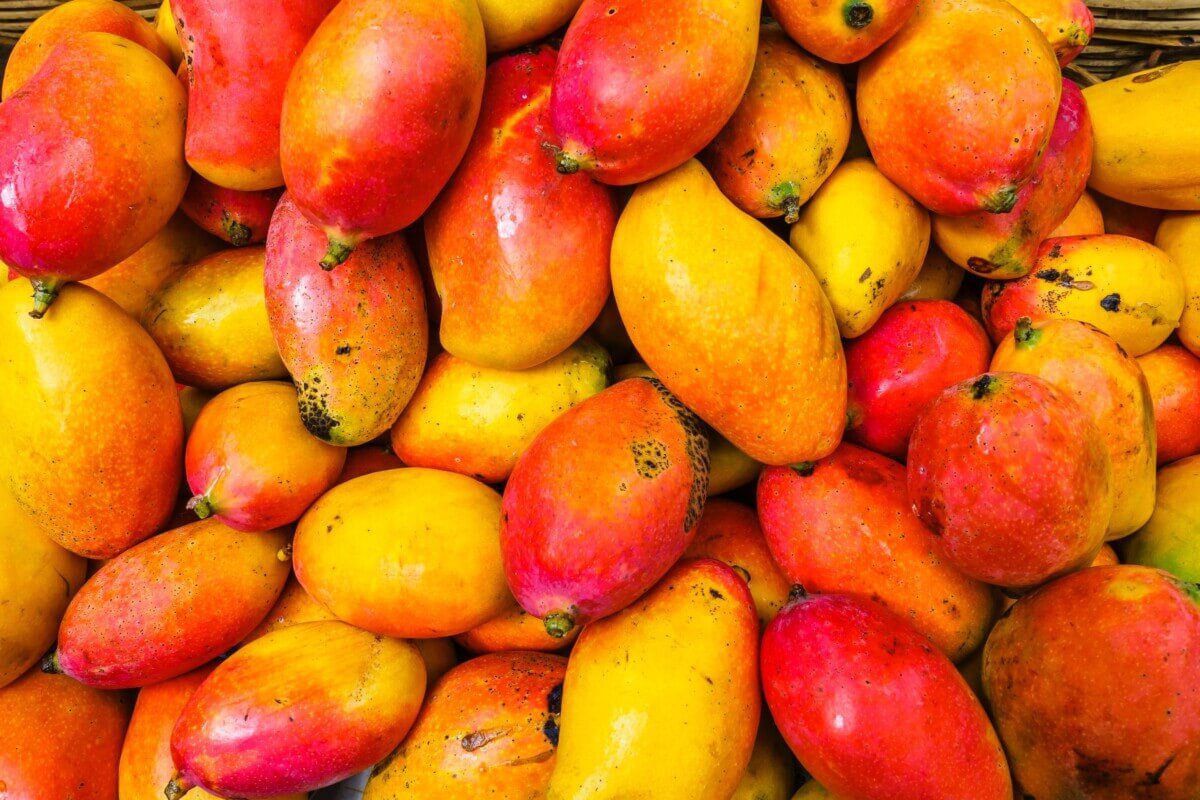
Photo by Alexander Schimmeck on Unsplash
DAVIS, Calif. — There may not be a fountain of youth, but could there be a mango tree of life? Researchers from the University of California, Davis say eating just enough of this fruit can significantly reduce facial wrinkles in women. Too much however, may actually make your aging skin look worse.
The study reveals that women with fairer skin who eat half a cup of Ataulfo mangoes four times a week see a 23-percent reduction in wrinkles within two months. After four months, these patients still see a 20-percent decline in facial wrinkles.
Ataulfo mangoes are also called honey or Champagne mangoes. Like other orange fruits and vegetables, they are full of beta-carotene and contain antioxidants which fight off cellular damage.
“That's a significant improvement in wrinkles,” lead author Vivien Fam says in a university release.
The doctoral student at UC-Davis finds one flaw in the fruit's anti-aging powers. Apparently, too much mango is not a good thing.
“Women who ate a cup and a half of mangoes for the same periods of time saw an increase in wrinkles. This shows that while some mango may be good for skin health, too much of it may not be,” Fam said.
Study authors believe the problem may be the high amount of sugar eating that much mango puts into the body. The team is still trying figure out an exact cause for the added wrinkles.
Measuring wrinkles with more than just our eyes
The study examined 28 postmenopausal women with the so-called “Fitzpatrick skin” types II or III. This measurement of skin pigment determines how a person's skin will react to ultraviolet light. Types II and III, or fair skinned individuals, tend to burn more easily in the sun.
Researchers divided the participants into two groups. The women either ate half a cup of mangoes or one and a half cups of mangoes four days a week over four months. The UC-Davis team then evaluated each woman's wrinkles using a high-resolution camera.
“The system we used to analyze wrinkles allowed us to not just visualize wrinkles, but to quantify and measure wrinkles,” Robert Hackman, professor in the Department of Nutrition, explains. “This is extremely accurate and allowed us to capture more than just the appearance of wrinkles or what the eye might see.”
Those images, looking at severity, length, and width of fine, deep, and emerging wrinkles, reveal participants eating a half cup of mangoes experienced improvements in every category. One of the possible reasons for this, Fam says, is the positive effect of carotenoids — orange or red plant pigments. The study also finds phytonutrients, anti-inflammatory chemicals in plants, may help the body build up more structural proteins called collagen.
The study appears in the journal Nutrients.










